Nature’s best science images of March
[ad_1]
Supernova Sails is the remains of a star that exploded more than 10,000 years ago
CTIO / NOIRLab / DOE / NSF / AURA
The scientific journal Nature identified the most important and most beautiful images of March.
So, the team selected a picture of a supernova that astronomers took at the Cerro Tololo Observatory in Chile. For this, they used the Dark Energy Camera (DECam) installed on the telescope.
It shows Supernova Sails — the remains of a star that exploded more than 10,000 years ago. This 1.3 gigapixel photo is DECam’s highest resolution image to date. Intertwining plumes of dust and gas are shown in unprecedented detail.
Nature magazine also noted the photo gray whale (Eschrichtius robustus) while diving. This picture was taken by researchers conducting aerial photography off the coast of New England.

Photo: New England Aquarium
The value of the photo is that it captured a species that was considered almost extinct in the Atlantic Ocean since the 17th century. Scientists explain the animal’s presence as a result of climate change.
Among the best scientific images of March were jewelry made from animal teeth, including bears, moose and foxes. They were created by Gravettian hunter-gatherers.
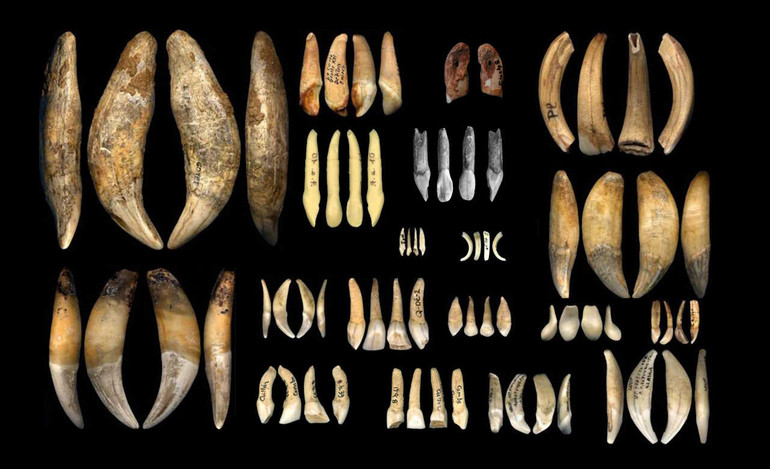
Photo: J. Baker et al.
The researchers analyzed thousands of personal ornaments, as well as the genetic data of people buried in the same places. They identified nine distinct cultural groups that existed in Europe between 34,000 and 24,000 years ago.
Photo a fire spread by the wind, was also among the best scientific photos of March. This shows trees that have literally turned to ashes.
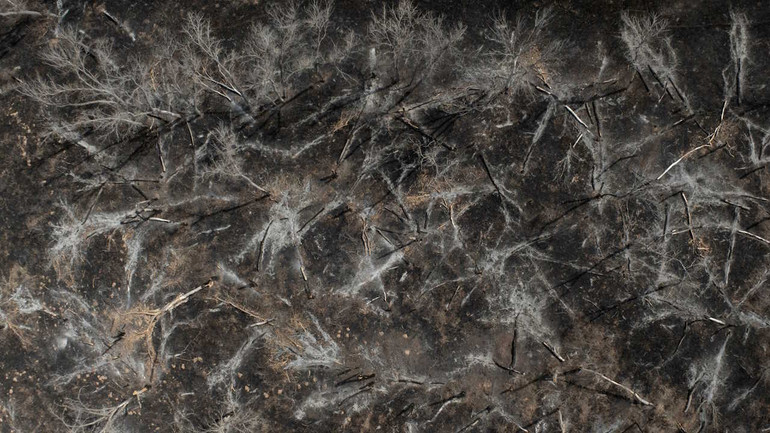
Photo: Adrees Latif / Reuters
This photo captured the effects of a fire in Hemphill County (Texas). The fire covered an area of more than 400,000 hectares, and it took three weeks to bring it under control.
A photo of a SpaceX spiral that looks like a galaxy, taken over Iceland in early March. It depicts a spiral against the background of the Northern Lights.
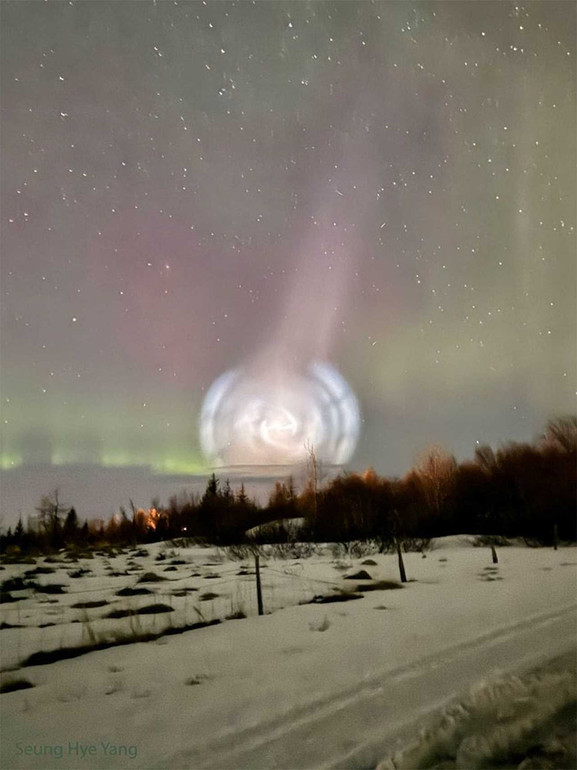
Photo: Seung Hye Yang
“A phenomenon caused by sunlight reflecting off crystals of frozen excess fuel ejected by a spinning rocket”– explained in Nature.
Photo showing researchers at NASA’s Jet Propulsion Laboratory (JPL) three small lunar rovers are being testedalso entered the short list of the magazine’s staff.

Photo: NASA / JPL-Caltech
These rovers have undergone a series of rigorous tests on their ability to drive autonomously and function as a team without explicit instructions from operators.
They will be used during a future mission to the Moon to map and study the lunar surface using ground-penetrating radar.
Nature noted the photo of the scientist in the background wall paintings in the Argentinian cave Cueva Venul 1. Scientists note that they may be thousands of years older than previously thought.

Photo: Miguel Lo Bianco/Reuters
Radiocarbon dating of some of the plant-based pigments used to paint the abstract shapes suggests that some of the drawings were created up to 8,200 years ago.
Photo drifting soccer ball, colonized by whiskered crayfish, was previously the overall winner of the 2024 British Wildlife Photography Awards. Now it has been noted in Nature.
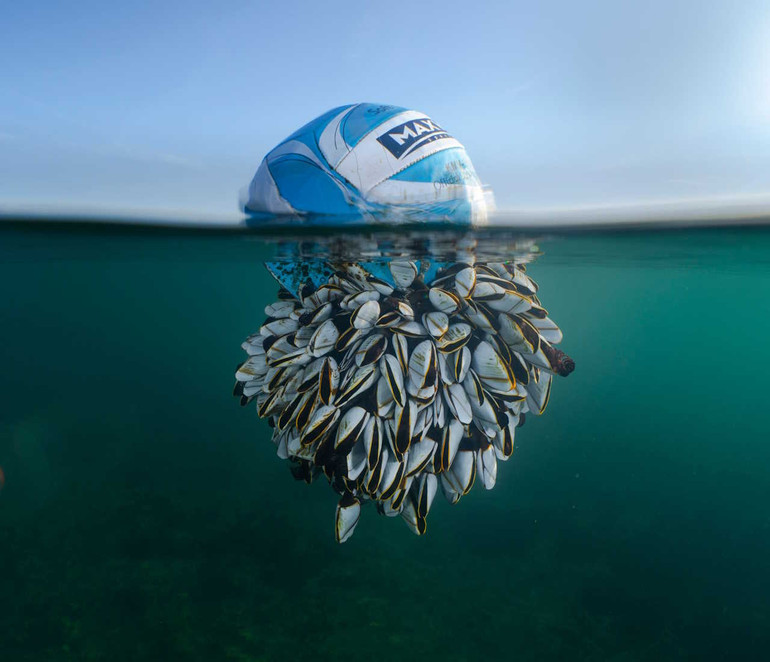
Photo: Ryan Stalker
Photo volcanic eruption on the Icelandic peninsula of Reykjaneswhich shows molten lava flowing from a new fissure in the ground and heading toward the nearby town of Grindavik, is also noteworthy, the magazine said.
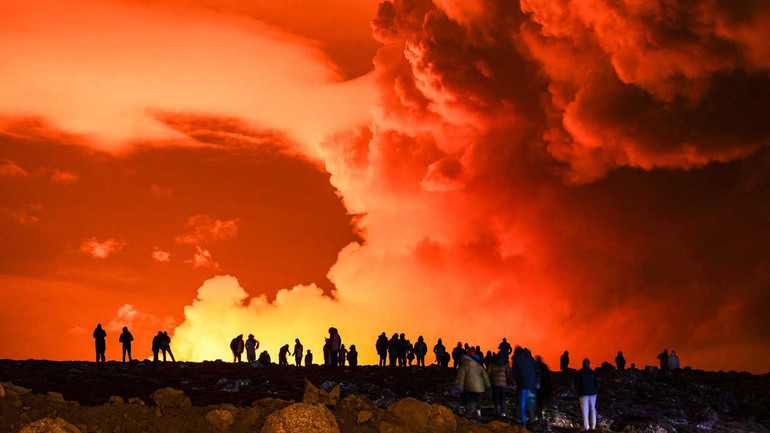
Photo: Ael Kermarec / AFP
Researchers have been keeping a close eye on volcanic activity in the area, which has seen several eruptions in the past few months.
Night shot of a bat Glossophaga, which is going to feed on a banana in Costa Rica, was noted not only in Nature. The photo also won the London Camera Exchange Photographer of the Year competition.
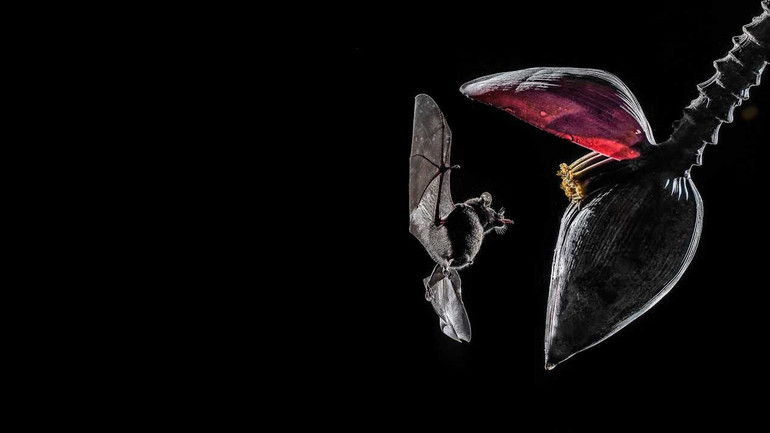
Photo: Marilyn Taylor
“It was probably one of the most interesting ‘shoots’ I’ve ever been on. It was absolutely breathtaking. It was very difficult to see these tiny bats flying around like ghosts.” – says the author of the photo, Marilyn Taylor.
[ad_2]
Original Source Link











